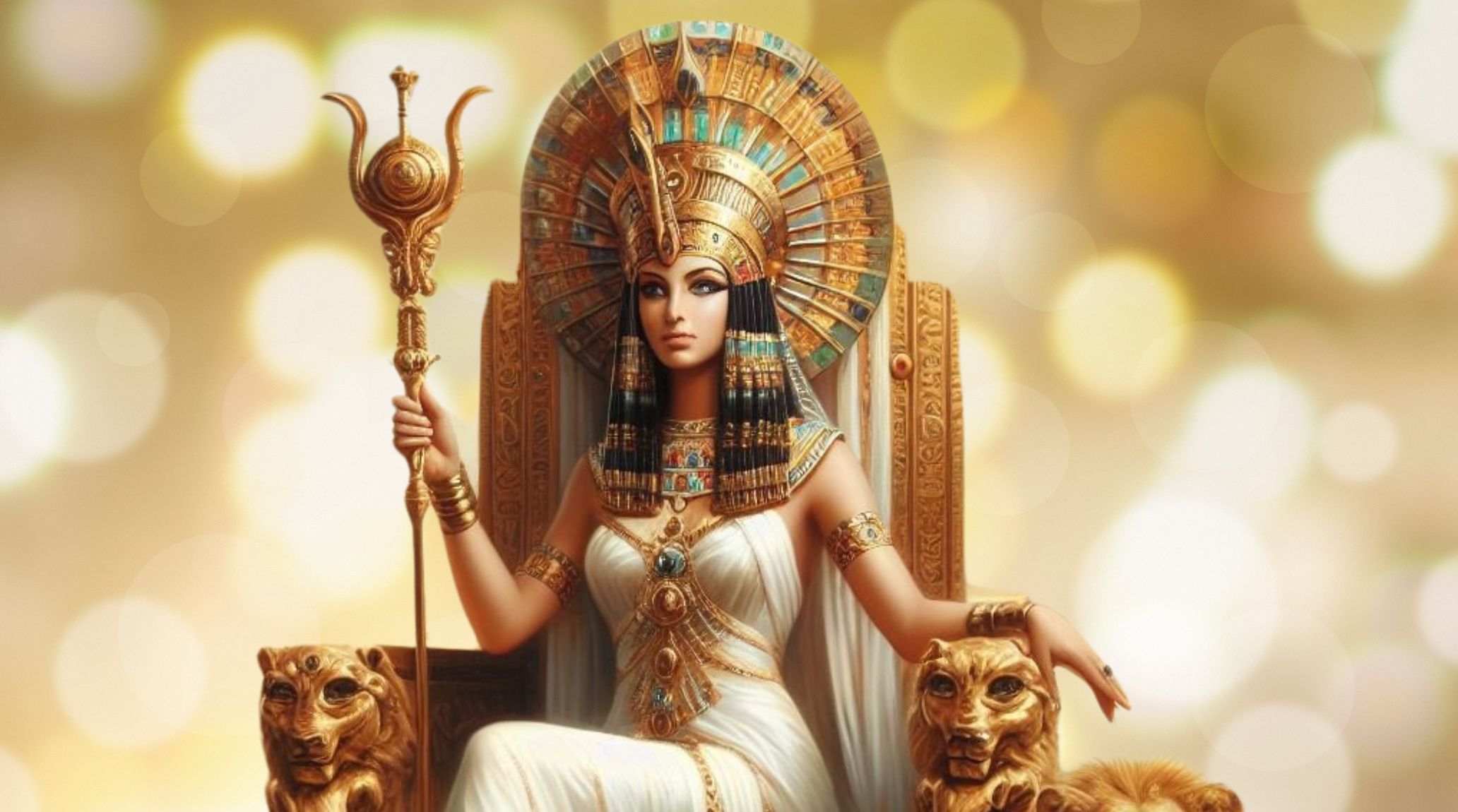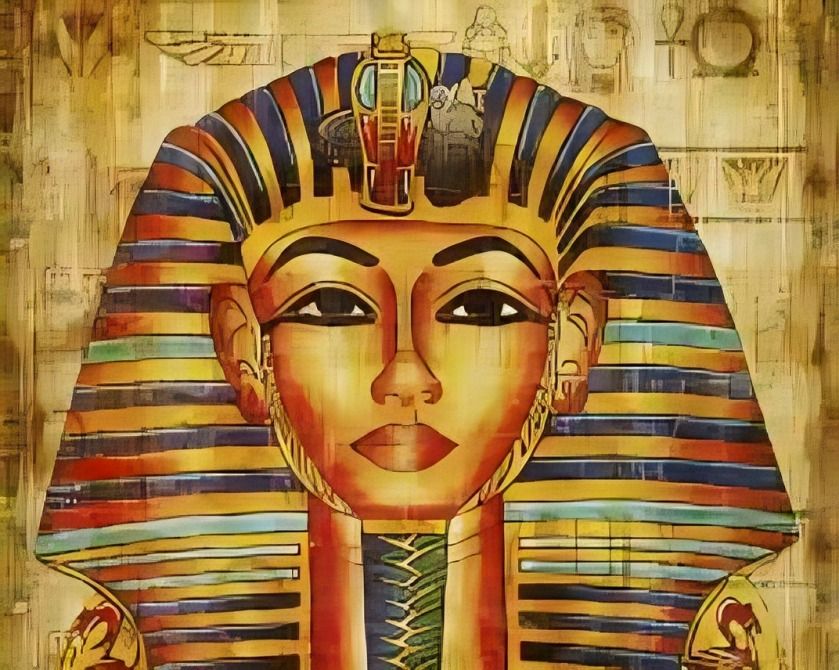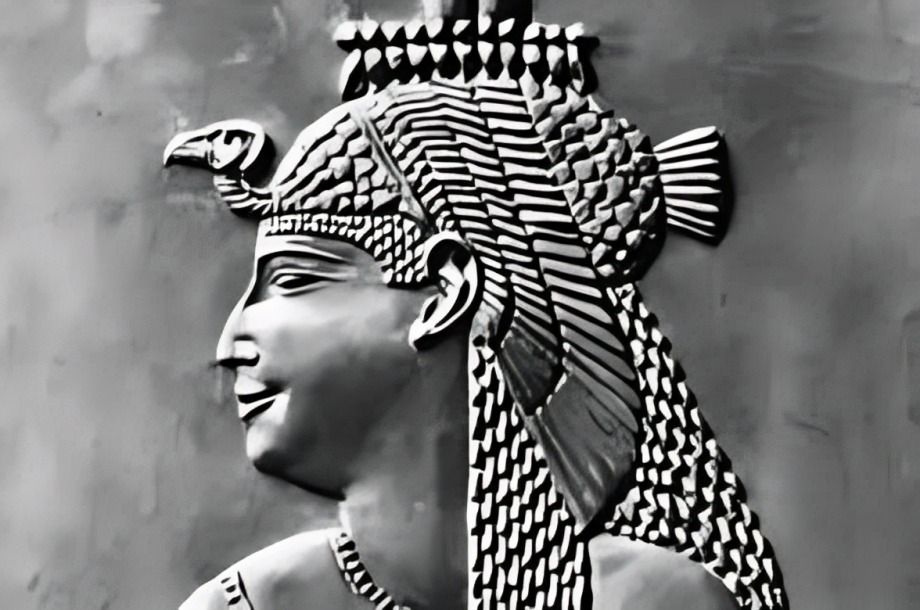
“
Cleopatra, The Last Pharaoh, the final ruler of ancient Egypt, is a figure of enduring fascination. Her remarkable story goes beyond myths, showcasing a multilingual queen skilled in diplomacy and determined to protect her kingdom. This article dives into curious facts about Cleopatra, The Last Pharaoh, shedding light on her achievements, personal life, and the unique challenges she faced as Egypt’s last queen. Cleopatra’s legacy remains a captivating historical chapter, embodying resilience and ambition.1
1
”
After Alexander the Great’s death in 323 BCE, his empire was divided among his generals. Ptolemy I Soter established the Ptolemaic Dynasty in Egypt, which lasted until Cleopatra VII died in 30 BCE. 1
Cleopatra VII, the last ruler of Egypt’s Ptolemaic dynasty, descended from Macedonian Greeks rather than native Egyptians, emphasizing her mixed cultural heritage and unique identity. 2
Cleopatra VII was born in 69 BCE and initially co-ruled with her father, Ptolemy XII. After his death, she ascended the throne at 18. To comply with tradition, she married her 12-year-old brother Ptolemy XIII, but later ruled independently. 3
Unlike her Ptolemaic predecessors, Cleopatra embraced Egyptian customs and portrayed herself as the goddess Isis, aligning with local traditions to gain the loyalty of the Egyptian people. 4

Cleopatra's independent decision-making angered some court officials. For instance, when Roman mercenary lieutenants killed the sons of the Roman governor of Syria, she swiftly arrested them and handed them over for punishment.
In 48 BCE, Cleopatra's independent leadership led her chief advisor, Pothinus, and others to overthrow her, placing her brother Ptolemy XIII on the throne. Cleopatra and her half-sister, Arsinoe, fled to Thebaid. 5
Cleopatra had a son, Caesarion, with Julius Caesar. She hoped Caesarion would one day unite Egypt and Rome, securing her influence in both empires. 6
Like many royal families, the Ptolemaic dynasty practised inbreeding to maintain a "pure" bloodline. Cleopatra's parents were likely siblings, and she married her younger brothers during her reign, each serving as co-regent. 7
Cleopatra, believing herself a living goddess, used dramatic stagecraft to enhance her divine status. In 48 BCE, during her feud with Ptolemy XIII, she famously theatrically met Julius Caesar. 8

Cleopatra studied science, philosophy, and medicine, and she reportedly wrote medical and pharmacological texts, reflecting her intellectual pursuits beyond her role as queen.
Cleopatra’s reign saw advances in art and culture. She supported the construction of temples and monuments and the flourishing of Alexandria, one of the ancient world’s great learning centres. 9
The Romans viewed Cleopatra as a threat due to her alliances and influence. Octavian’s propaganda painted her as a dangerous foreign queen, leading to her downfall and death. 10
Cleopatra’s death in 30 BCE, traditionally believed to be from an asp bite, remains debated among historians, with some suggesting she may have used poison instead. 11
Cleopatra’s library in Alexandria was one of the largest and most significant in the ancient world, housing extensive works in literature, science, and philosophy. 12
Cleopatra’s life has inspired countless works of art, literature, and film, with her enduring legacy as a powerful, intelligent ruler who defied norms and influenced history’s course. 13


